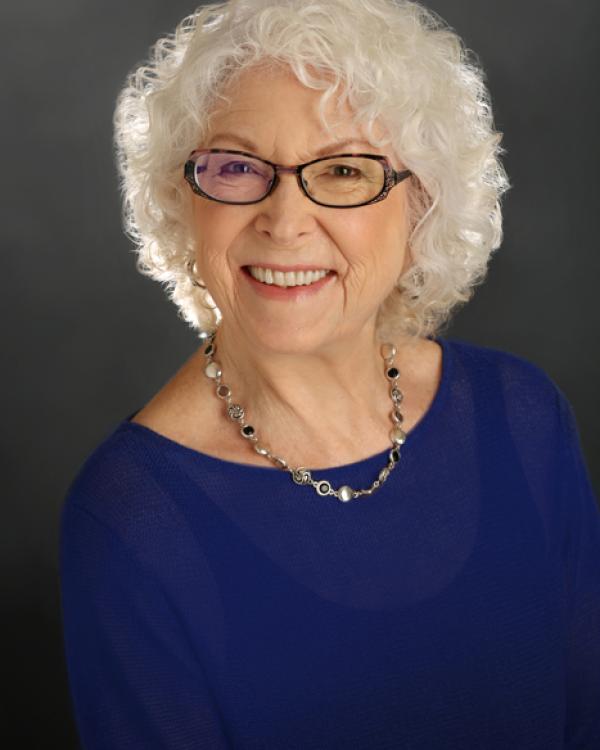
UC Santa Barbara Gevirtz School alumna Ann P. Kaganoff has published the book Best Practices in Educational Therapy (Routledge 2019).
Best Practices in Educational Therapy provides actionable strategies and solutions for novice and veteran educational therapists. Given the diverse backgrounds of educational therapists and the varieties of specialization and client types, there is no single approach for all therapists and all clients. This book is built on a foundation of individualized intensive intervention, offering generalized principles of application across many contexts. Featuring practices informed by documented experiences of educational therapists as well as research, this well-rounded guide will serve educational therapists at all stages in their career.
“Bravo! We finally have a must-read volume that takes the mystery out of, ‘What does an educational therapist do?’ claims Dorothy Ungerleider, Founding President of the Association of Educational Therapists (AET). “This literary ‘master class’ of best practices addresses our decision-making minds in determining how to apply variable interventions, when to break from the academic craft to therapeutic listening, and how to interact with the client. The frosting on the cake is her comparison of educational therapy and the art of cooking!”
Ann Parkinson Kaganoff is a Board Certified Educational Therapist and earned both her MA (1975) and Ph.D. (1981) in the Department of Education. She has been an educator for six decades in classroom teaching, teacher education, and staff development, and an educational therapist in clinical and private practices. She is a Past President of the Association of Educational Therapists.
“I owe a great deal to my graduate training under Dr. Bortnick and Dr. Dixon, and to the dedicated people in my graduate program,” Kaganoff says. “Your young graduates will be pleased to be reminded that education is a life-long mission that they themselves can pass on to other ‘life-long learners.’ As part of my MA training, I worked in the Education Reading Clinic under Carol Dixon, and later, as part of my Ph.D. training, was the Clinic supervisor. This clinic background led me to the field of Educational Therapy, where I am still active, both through my private practice, and through my workshops and mentoring.”